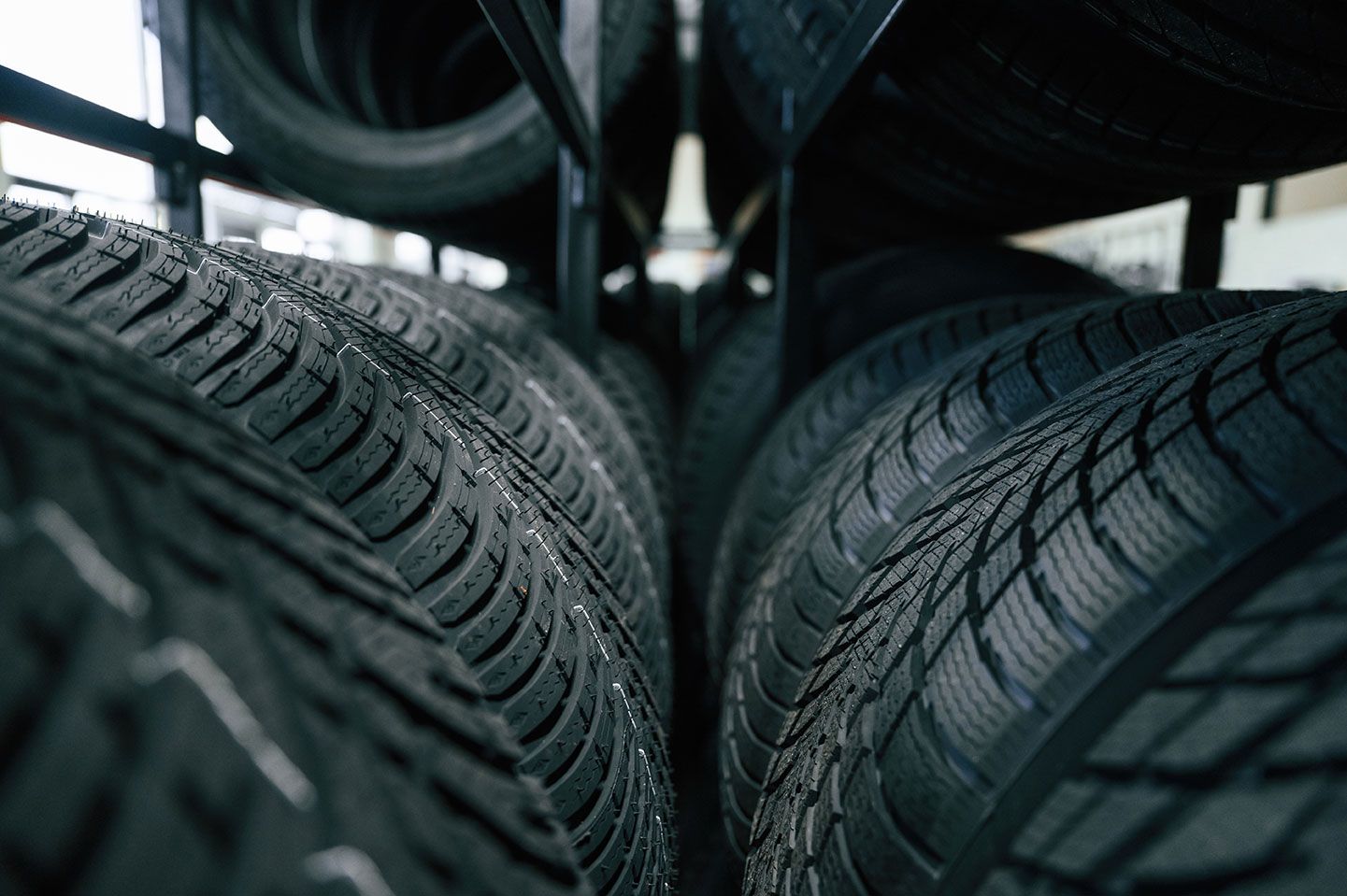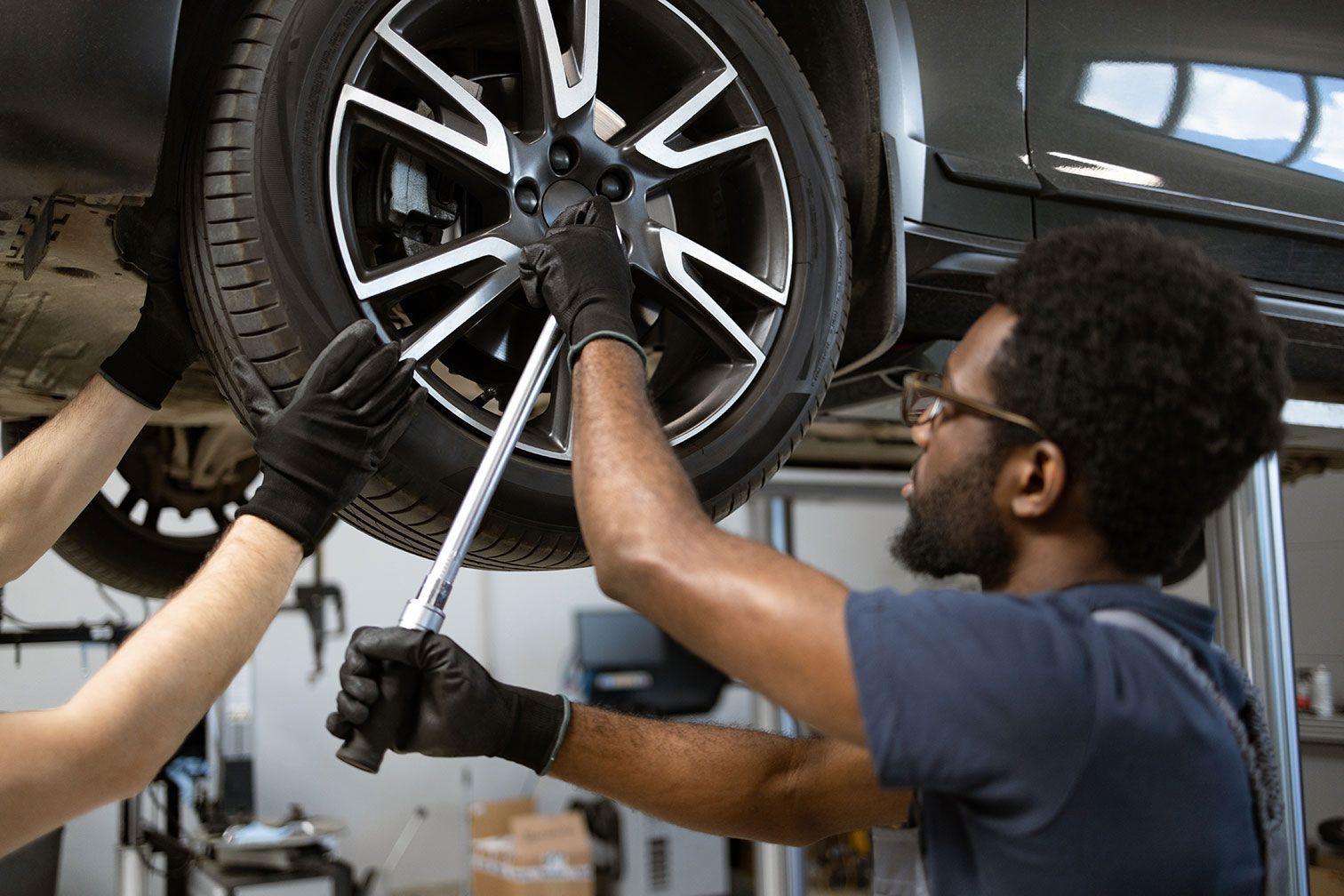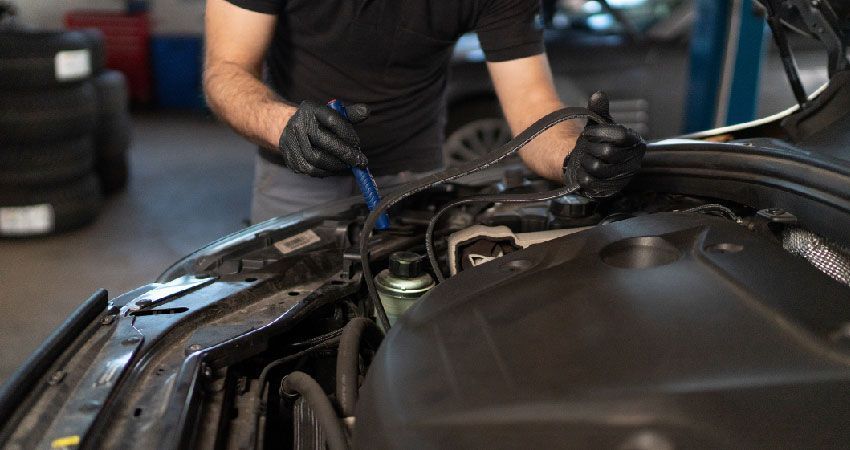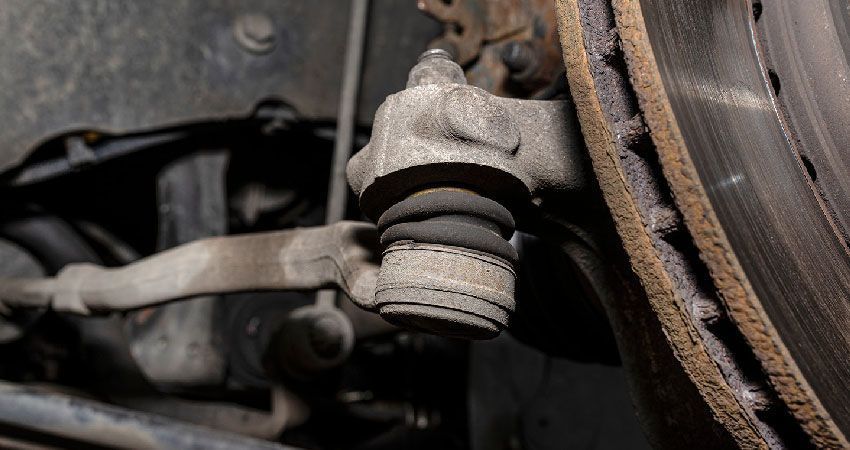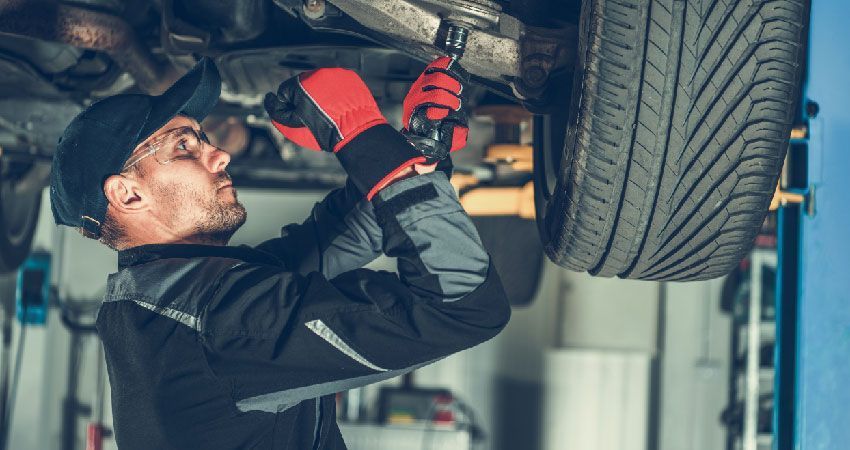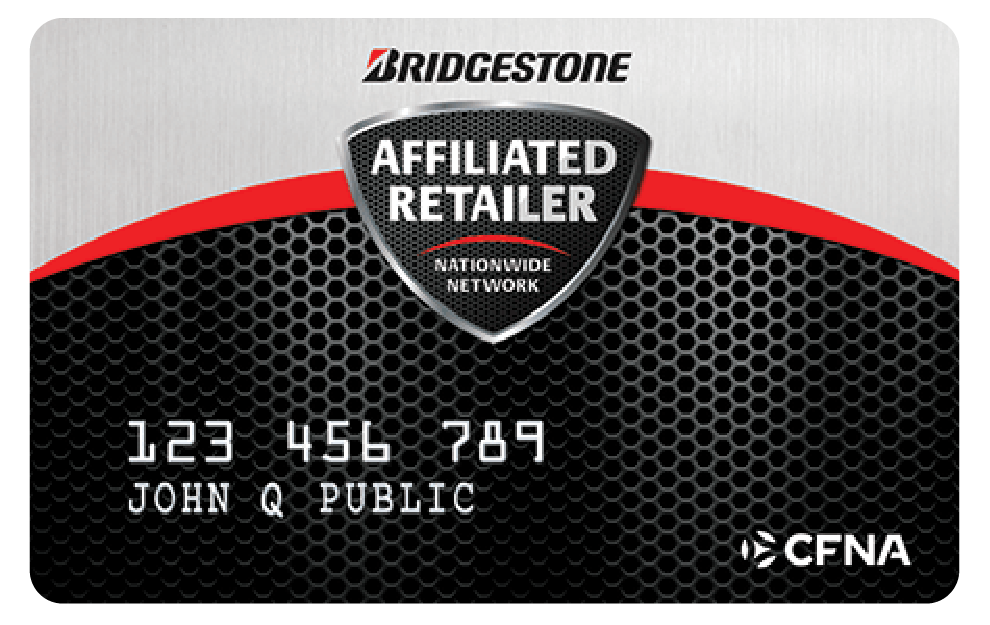What Are Catalytic Converters?

How does a catalytic converter work?
Why should you replace your catalytic converter?
When should you replace your catalytic converter?
There are several things that can affect the performance of your catalytic converter. First, your oxygen sensor can fail causing a poor fuel/air mixture, which will lead to either too much or not enough oxygen entering your exhaust system. If there isn’t enough oxygen entering the catalytic converter, then there won’t be enough oxygen available to react with carbon monoxide and hydrocarbons during the oxidation catalyst stage, but if there is too much oxygen entering the converter, the converter will quickly overheat, melt, and clog. If your engine is leaking oil or other engine fluids, these fluids can enter the converter and clog it. Bad spark plugs or damaged exhaust valves can also destroy a catalytic converter. It is important to keep your engine and fuel injection system in good working condition.There are a few things you can look for to determine if you have a damaged or clogged catalytic converter. If you don’t accelerate or drive any faster when you step on your gas pedal, your converter may be clogged. You will also experience a noticeable drop in gas mileage and possible stalling. However, if your converter is completely clogged, your engine will quickly fail because of all of the exhaust back pressure. If you are experiencing any of these problems and suspect a damaged catalytic converter, you should take your vehicle to a trained technician and have him/her inspect it, as well as the rest of your exhaust system. A technician can remove your oxygen sensor to see if there is any change in your vehicle’s performance or emissions. He/She can also use a vacuum gauge to determine if your converter is clogged. If the converter fails these tests, then it is necessary to have it replaced in order to restore your vehicle’s performance and emission control.
There are several things that can affect the performance of your catalytic converter. First, your oxygen sensor can fail causing a poor fuel/air mixture, which will lead to either too much or not enough oxygen entering your exhaust system. If there isn’t enough oxygen entering the catalytic converter, then there won’t be enough oxygen available to react with carbon monoxide and hydrocarbons during the oxidation catalyst stage, but if there is too much oxygen entering the converter, the converter will quickly overheat, melt, and clog. If your engine is leaking oil or other engine fluids, these fluids can enter the converter and clog it. Bad spark plugs or damaged exhaust valves can also destroy a catalytic converter. It is important to keep your engine and fuel injection system in good working condition.There are a few things you can look for to determine if you have a damaged or clogged catalytic converter. If you don’t accelerate or drive any faster when you step on your gas pedal, your converter may be clogged. You will also experience a noticeable drop in gas mileage and possible stalling. However, if your converter is completely clogged, your engine will quickly fail because of all of the exhaust back pressure. If you are experiencing any of these problems and suspect a damaged catalytic converter, you should take your vehicle to a trained technician and have him/her inspect it, as well as the rest of your exhaust system. A technician can remove your oxygen sensor to see if there is any change in your vehicle’s performance or emissions. He/She can also use a vacuum gauge to determine if your converter is clogged. If the converter fails these tests, then it is necessary to have it replaced in order to restore your vehicle’s performance and emission control.
Comprehensive Coverage for All Your Automotive Repair Needs Awaits You!
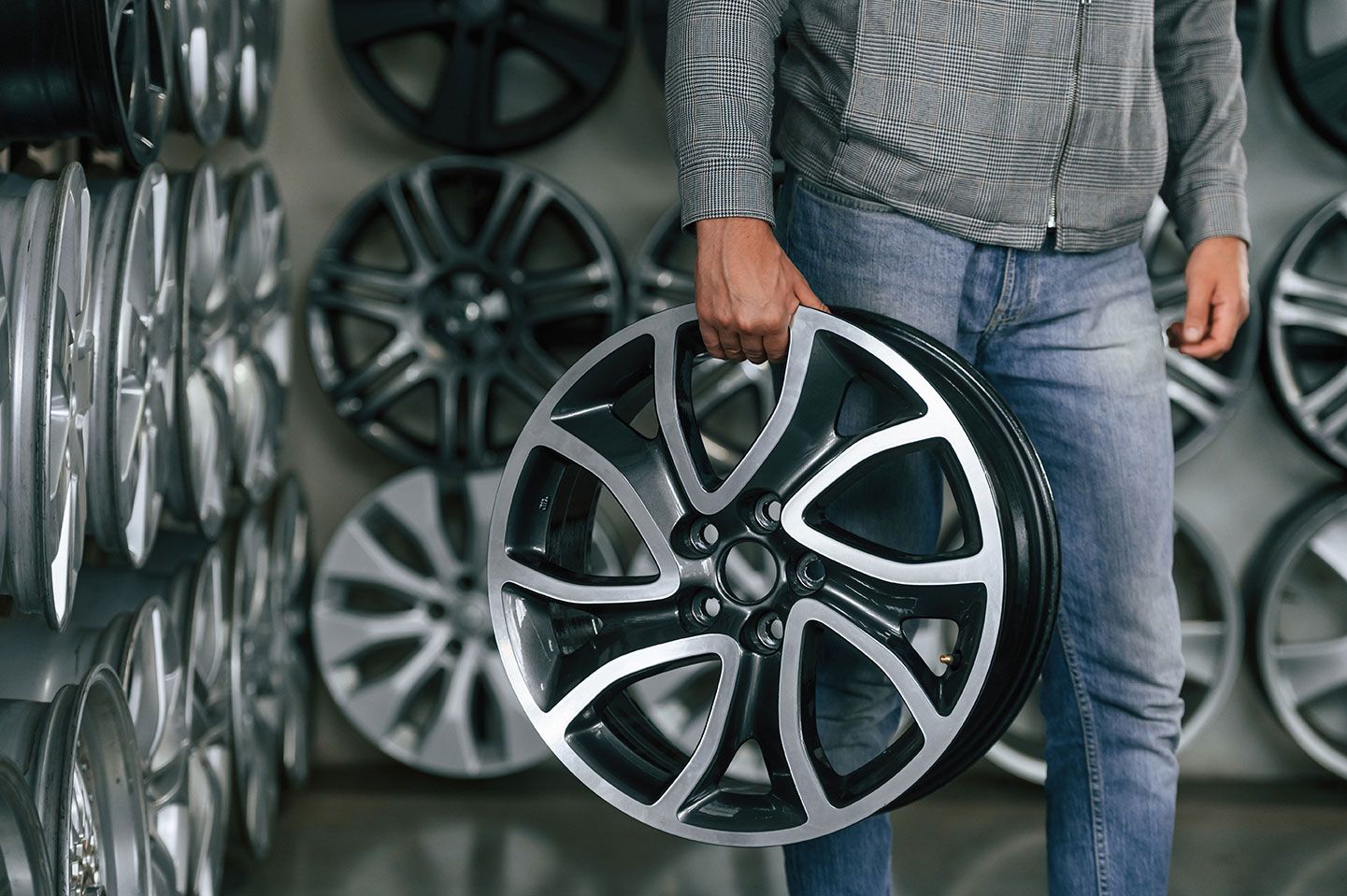
By Melissa Underwager
•
August 7, 2025
When it comes to the performance, safety, and aesthetics of your car, one often-overlooked but crucial component is the wheel. Car wheels serve not only as the foundation for movement but also play a significant role in handling, fuel efficiency, and overall driving experience. In this blog, we’ll dive deep into everything you need to know about car wheels, from their construction to how to choose the best ones for your vehicle.

